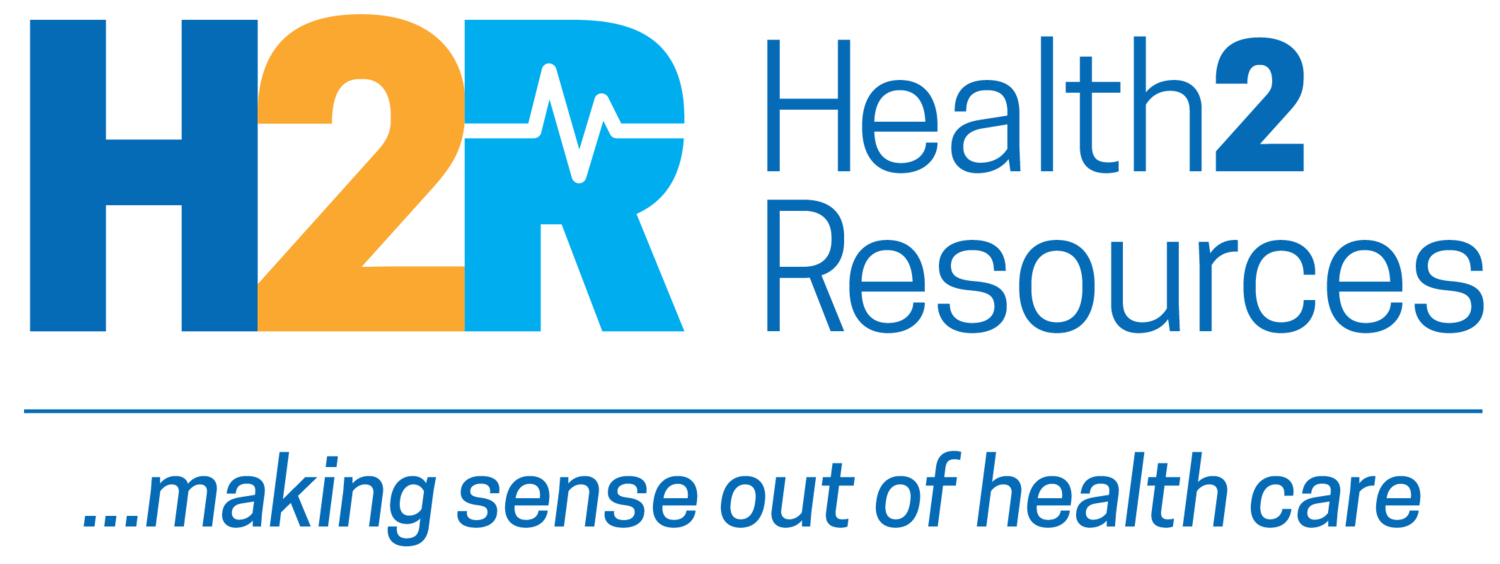May 23, 2019 | Time of day may dictate cancer screening orders
INDUSTRY NEWS
Study: For some employees, premiums top 10% of income
An estimated 23.6 million people with employer coverage spent a large portion of their income on premiums, out-of-pocket costs, or both in 2016-17, according to a study released this morning by the Commonwealth Fund. In fact, 11% of those with employer coverage (13.3 million people) spent 10% or more just on premiums. The study includes several recommendations for addressing this problem. Among them: Provide a refundable tax credit to people with employer coverage whose out-of-pocket spending for health care exceeds a certain percentage of income. (Commonwealth Fund)
More patients leaving ER without getting care
Emergency room patients increasingly leave California hospitals against medical advice, and overcrowded ERs are likely to blame. What’s intriguing is that many waited long enough to see a physician. About 352,000 California ER visits in 2017 ended when patients left after seeing a doctor but before their medical care was complete. That’s up by 57% from 2012, according to data from the Office of Statewide Health Planning and Development. Another 322,000 people left without seeing a doctor, up from 315,000 in 2012. California doesn’t have the longest wait times: It’s “only” fifth, after Maryland, New York, New Jersey and Delaware. (California HealthLine)
INNOVATION & TRANSFORMATION
Predictive analytics and AI may make hospitals safer
Hospital “command centers” are becoming increasingly common. In these centers, technicians monitor patients’ vital signs for irregularities. The need for such facilities in health care has increased in tandem with the proliferation of monitoring devices. They’re also used to maximize bed capacity, calibrate staffing levels and detect the onset of sepsis. Now, according to STAT, advances in artificial intelligence may make these command centers even more sophisticated, allowing them to predict crises before they happen. (STAT)
A centers-of-excellence approach to imaging
When Walmart officials discovered about half of the company’s workers who went to specialized hospitals for back surgery in the past few years didn’t really need surgery, it decided to investigate. The company noticed that these patients’ diagnostic imaging had high error rates. So the company has begun recommending use of one of 800 imaging centers identified as providing high-quality care. That list was developed for Walmart by Covera Health, a health analytics company that uses data to identify facilities likely to provide accurate imaging; it says it based its list on quality, not price. (Kaiser Health News)
CONSUMERS & PROVIDERS
Time of day may dictate cancer screening orders
Patients eligible for breast and colorectal cancer screening were less likely to have either test ordered—or to complete the test within a year—when their primary care appointment was later in the day. That’s the conclusion of research published in JAMA Network Open. Among the possible reasons: Physicians falling behind schedule and decision fatigue. An accompanying editorial framed it in terms of value vs. volume: “Payers should recognize that supporting a fee-for-service, face-to-face dominant system encourages overstuffed visits and probably impairs enrollees’ quality of care.” It concludes: “Practices and health systems should be organized so clinic time only contains high-value activities requiring the presence of physician and patient.” (JAMA Network Open, commentary; MedPage Today)
Diabetic amputations reflect disparities in care access
The American medical community knows how to manage diabetes, and the prognosis for those with access to adequate care continues to improve. Nevertheless, surgeons still perform tens of thousands of diabetic amputations each year. That figure offers a “powerful example of the consequences of being poor, uninsured and cut off from a routine system of quality health care,” according to Kaiser Health News. Diabetic amputations vary significantly not just by race and ethnicity but also by income and geography. (KHN)
NEW & NOTED
From cardiology to addiction medicine: The opioid epidemic has spawned a dramatic increase in cases of infective endocarditis among intravenous drug users. Cardiologists are finding that merely treating the condition—without addressing the disease of addiction—leads to readmissions and death.(Cardiovascular Business News)
Lack of transparency cited, again: CMS’s transparency policies for new Medicaid demonstrations, and amendments to existing demonstrations, are inadequate and inconsistent, according to the Government Accountability Office. In particular, some of the states reviewed did not seek public comment on changes that could have a significant impact on beneficiaries. (Modern Healthcare; GAO report)
Haven loses an exec: Haven, the Amazon/Berkshire Hathaway/J.P. Morgan joint health venture, has no chief operating officer. Former COO Jack Stoddard stepped down just nine months into his new job, citing personal reasons. No replacement has been named. (CNBC)
MULTI-MEDIA
Suicide rates rising, especially among girls
The number of people dying by suicide in the U.S. has been rising, and a new study in JAMA Network Open shows that the suicide rate among girls ages 10 to 14 has been increasing faster than it has for boys of the same age. Although boys are still more likely to take their own lives, the gap is narrowing. (NPR; JAMA Network Open)
MARKETVOICES...QUOTES WORTH READING
“Amputations are an unnecessary consequence of this devastating disease. It’s an epidemic within an epidemic. And it’s a problem that’s totally ignored.”—Dr. David Armstrong, professor of surgery at Keck School of Medicine of the University of Southern California, talking about diabetes to Kaiser Health News
